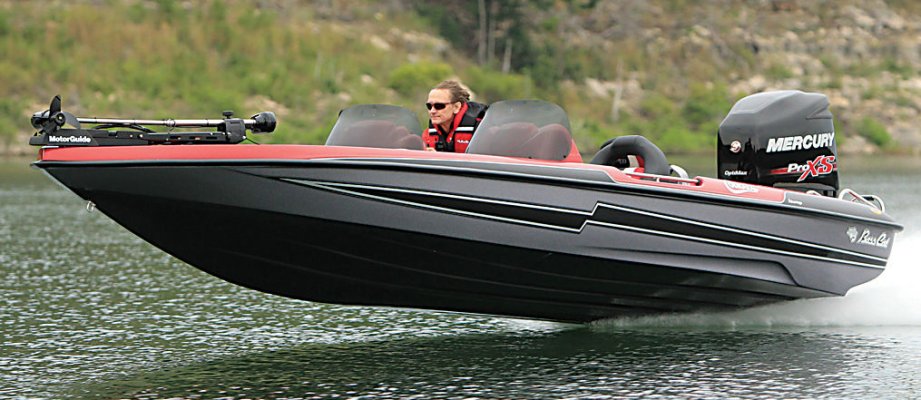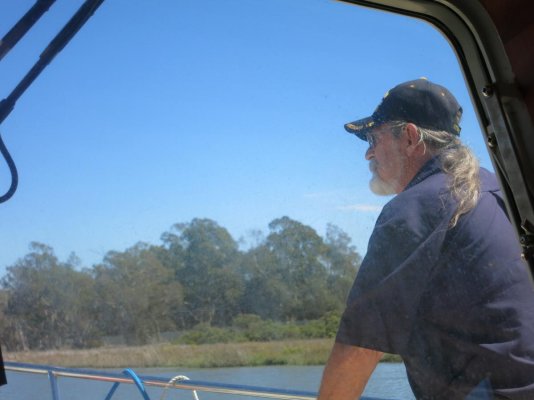adornato
Senior Member
- Joined
- Oct 10, 2007
- Messages
- 121
- Location
- USA
- Vessel Name
- Sarah McLean
- Vessel Make
- Mainship 30 Pilot
As someone who hates prop cavitation noise, particularly on my Mainship 30 , i was interested in this post on another trawler forum
https://www.boattest.com/Sharrow-Engineering-Propeller
Not yet available but sounds like a winner.
https://www.boattest.com/Sharrow-Engineering-Propeller
Not yet available but sounds like a winner.





